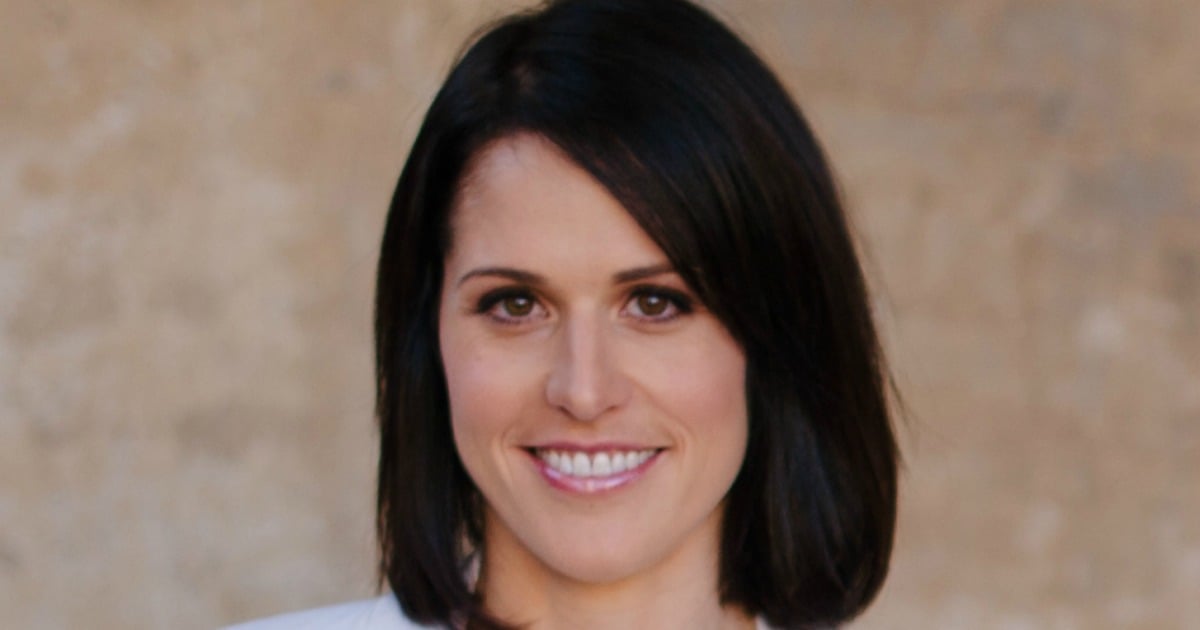

While the satellite imagery that RAP relies on can show where annual grasses turn brown in late spring in the West or where perennial plants stay green longer into the summer, the technology can’t delineate between native and nonnative plants. The researchers used the Rangeland Analysis Platform, or RAP, a remote sensing product powered by Google Earth Engine that estimates the type and percentage of vegetation at a baseball diamond–sized scale. To do that, Smith and his colleagues quantified how much of the Great Basin has transitioned to invasive annual grasses over the last three decades. “We need to get strategic spatially to pinpoint where to protect intact native plant communities rather than constantly chasing the problem,” says Joseph Smith, a rangeland ecology researcher at the University of Montana in Missoula. This means that land managers are often behind the curve, trying to keep cheatgrass from spreading to prevent wildfires, while also attempting to restore native plant communities after fires so that the sagebrush ecosystems don’t transition into a monoculture of invasive grasses. To add insult to injury, cheatgrass is more efficient at recolonizing burned areas after a fire than native plants, creating a vicious loop: More cheatgrass causes more fires, and more fires foster more of the weeds. From 2000 to 2009, 39 out of 50 of the largest fires in the Great Basin were associated with cheatgrass. In parts of Idaho’s Snake River Plain that are dominated by cheatgrass, for example, fires now occur every three to five years as opposed to the historical average of 60 to 110 years. What’s more, these invasive grasses, which are highly flammable when dry, are also linked to more frequent and larger wildfires. This invasion of exotic annual grasses is degrading one of North America’s most imperiled biomes: a vast sea of sagebrush shrubs, wildflowers and bunchgrasses where pronghorn and mule deer roam and where ranchers rely on healthy rangelands to raise cattle.

In 2020, these invasive grasses covered more than 77,000 square kilometers of Great Basin ecosystems, including higher elevation habitats that are now accessible to nonnative plants due to climate change, researchers report November 17 in Diversity and Distributions. Unfortunately for those animals and the crowded-out native plants, cheatgrass and several other invasive annual grasses now dominate one-fifth of the Great Basin, a wide swath of land that includes portions of Oregon, Nevada, Idaho, Utah and California. This invasive species is called cheatgrass because it dries out earlier than native plants, shortchanging wildlife and livestock in search of nutritious food. No one likes a cheater, especially one that prospers as easily as the grass Bromus tectorum does in the American West.


 0 kommentar(er)
0 kommentar(er)
